T.M. Cobb offers a wide variety of solid wood species to choose from.
Hover over or click on the image for more details on each wood species.
Please contact your local authorized T. M. Cobb Dealer for more details.
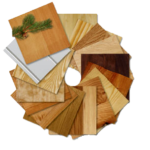

Accoya®
Accoya®
Accoya is the world’s leading high technology wood. Accoya wood is produced from sustainably sourced, fast growing softwood (Radiata Pine) using a non-toxic modification process from the surface to the core. The result: a durable, stable and beautiful material with the performance characteristics of the most durable tropical hardwoods but with industry-leading environmental credentials. Accoya wood is as durable as the best tropical hardwoods. It also paints extremely well.
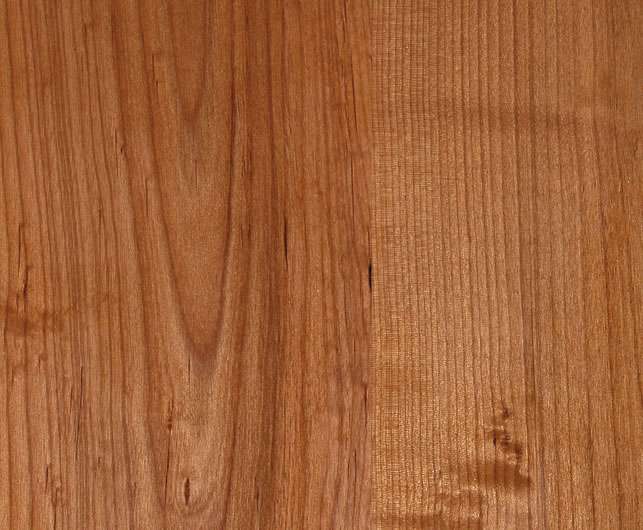
Alder Clear
Clear Alder
Alder is the leading hardwood of the Pacific Northwest. Alder, a relative of birch, is almost white when freshly cut but quickly changes on exposure to air, becoming light brown with a yellow or reddish tinge. Heartwood is formed only in trees of advanced age and there is no visible boundary between sap and heartwood. The wood is fairly straight-grained with a uniform texture. Alder machines well and is excellent for turning. It can be painted or stained to a good finish. When stained, it blends with walnut, mahogany or cherry. Knotty Alder is a lower grade that will contain knots. Knotty Alder is commonly used for the southwest look.
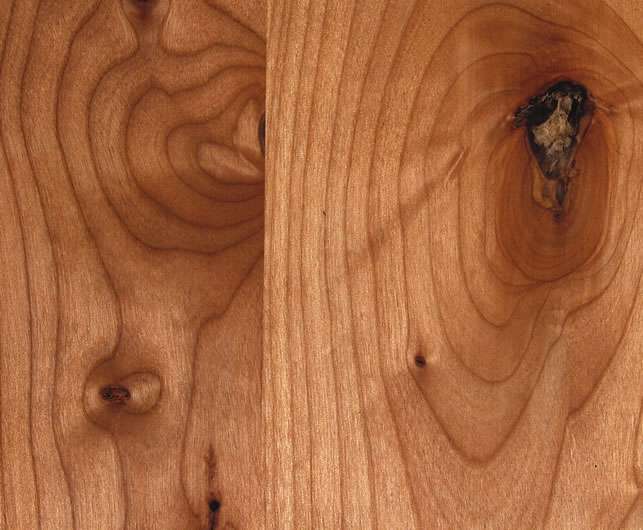
Alder Knotty
Knotty Alder
Heartwood is formed only in trees of advanced age and there is no visible boundry between sap and heartwood. The wood is fairly straight-grained with a uniform texture. Alder is the leading hardwood of the Pacific Northwest. Alder, a relative of birch, is almost white when freshly cut but quickly changes on exposure to air, becoming light brown with a yellow or reddish tinge. Alder machines well and is excellent for turning. It can be painted or stained to a good finish. When stained, it blends with walnut, mahogany or cherry. Knotty Alder is a lower grade that will contain knots. Knotty Alder is commonly used for the southwest look.
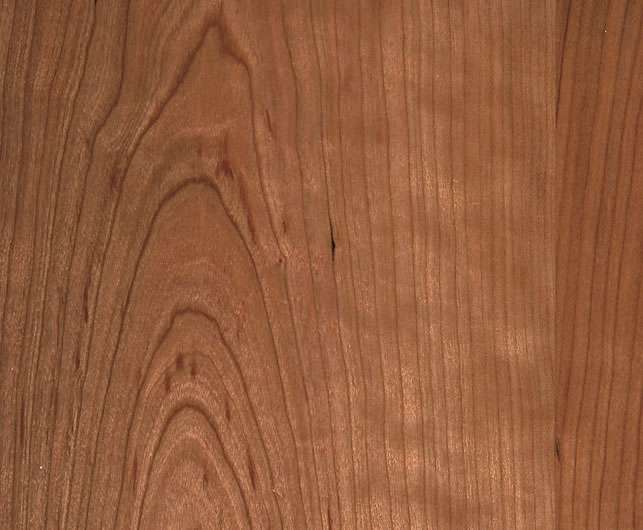
Cherry
Cherry
Like all fruit trees, cherry belongs to the rose family. American colonists used the cherry tree for its fruit, medicinal properties and home furnishings. The heartwood of cherry varies from rich red to reddish brown and will darken with age and on exposure to light. The wood has a fine uniform, straight-grain, satiny, smooth texture, and may naturally contain brown pith flecks and small gum pockets. Cherry is easy to machine, nails and glues well and when sanded and stained, it produces an excellent smooth finish.
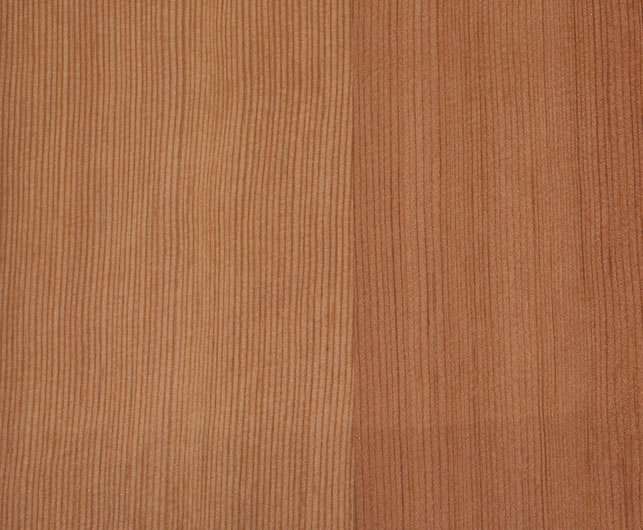
Douglas Fir
Douglas Fir
Douglas Fir grows throughout Western forests with the most abundant region being in coastal climates of Oregon, Washington and northern California. Fir’s light rosy color is set off by its remarkably straight and handsome grain pattern. Sap wood is white to pale yellow; heartwood is russet with high contrast between the springwood and summerwood. Douglas Fir doors, manufactured from the products in the Factory and Shop grade classification, are renowned for their beauty and performance.
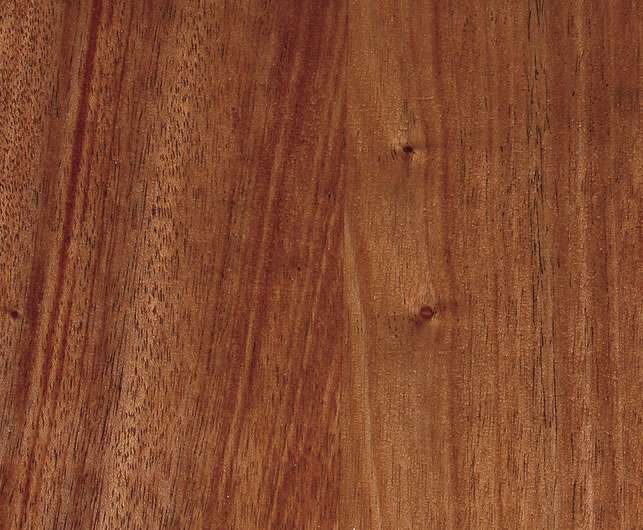
Mahogany
African Mahogany
An excellent cabinet and veneer species because of its long trunk form, rapid growth, and attractive pinkish-red to deep reddish brown lustrous wood. Interlocked or straight grain, often with a ribbon figure, and a moderately coarse texture. Mahogany has a reddish brown heartwood, often with a purple cast. Mahogany stains and polishes to an excellent finish.

Maple
Hard White Maple
Maple has been a favorite of American furniture makers since early colonial days. Hard maple is the standard wood for cutting boards because it imparts no taste to food and holds up well. The sap wood is creamy white with a slight reddish brown tinge The wood has a close fine, uniform texture and is generally straight-grained. Maple can be stained to an outstanding finish and polishes well.
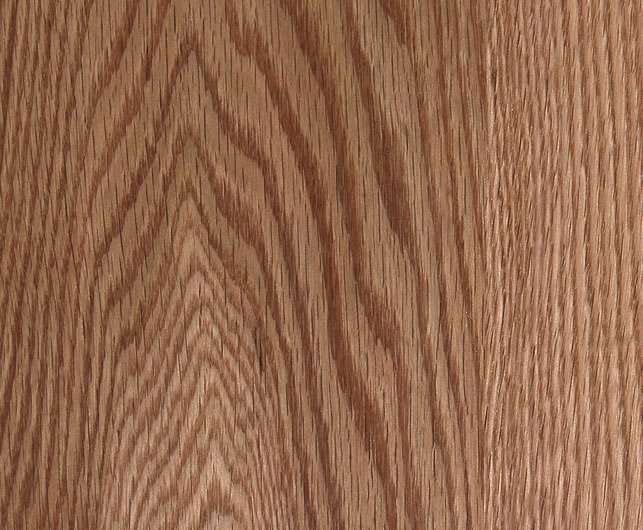
Oak
Red Oak
The oaks have been key in America’s industrial transformation: railroad ties, wheels, plows, looms, barrels and of course, furniture and doors. The sap wood of red oak is white to light brown and the heartwood is a pinkish reddish brown. The wood is similar in general appearance to white oak, but with a slightly less pronounced figure due to the smaller rays. The wood is mostly straight-grained, with a coarse texture. Red oak machines well and it can be stained to a good finish with a wide range of tones.
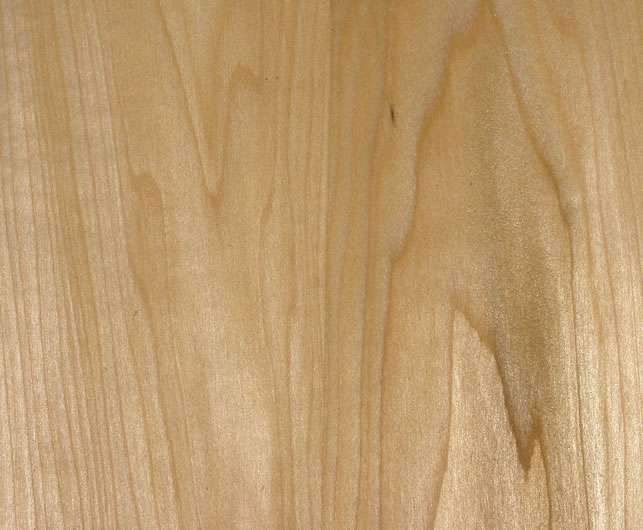
Poplar
Poplar
Poplar trees grow taller than any other U.S. hardwood species and they are members of the magnolia family. The sapwood is creamy white and may be streaked, with the heartwood varying from pale yellowish brown to olive green. The green color in the heartwood will tend to darken on exposure to light and turn brown. The wood has a medium to fine texture and is straight-grained; and has a comparatively uniform texture. A versatile wood that is easy to machine, plane, turn, glue and bore. It takes and holds paint, enamel and stain exceptionally well.
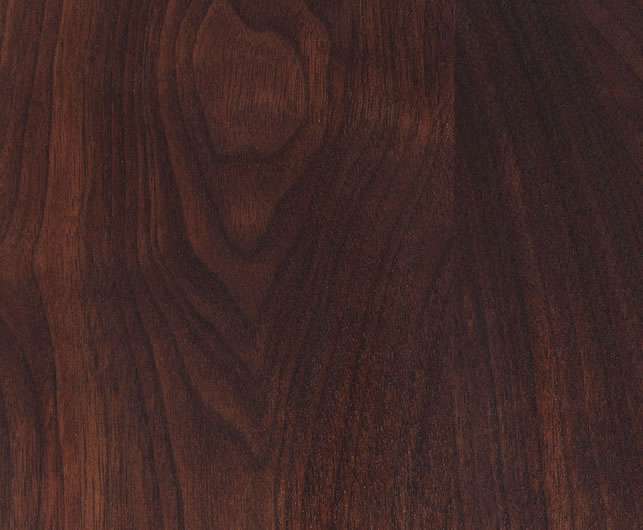
Walnut
Walnut
Walnut is a prized species for veneer panels, doors, furniture and cabinetry, with a warm, rich, high-quality appearance. The heartwood of walnut is light brown to dark chocolate brown, occasionally with a purplish cast and darker streaks. The wood develops a rich patina that grows more lustrous with age. The wood is generally straight-grained, but sometimes with wavy or curly grain that produces an attractive decorative figure. This species produces a greater variety of figure types than any other. Walnut is easy to work with and it holds paint and stain very well for an exceptional finish.

Primed
Primed
We generally prime coat our fir doors when primed is requested. Primed M.D.F. is another option.
